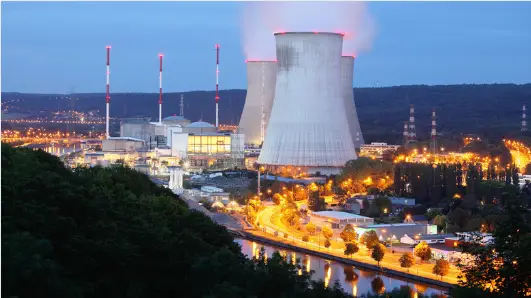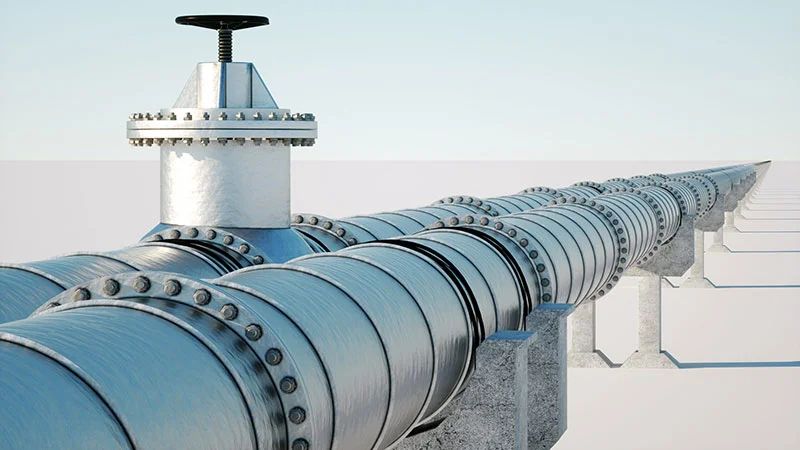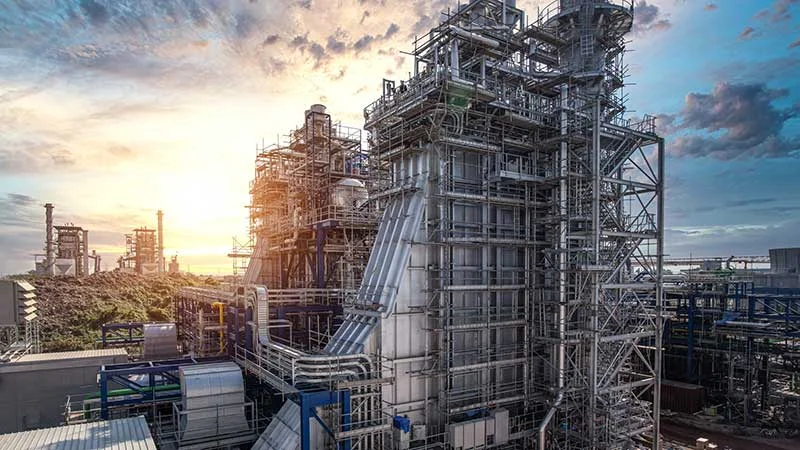Geothermal energy is a crucial player in global decarbonization. It has generated increased interest among renewable energy sources in recent years, providing a stable and sustainable energy supply regardless of sun or wind availability. And it’s gaining global traction. Governments have started to offer financial incentives and tax benefits for geothermal investment, de-risking the historically expensive technology. Countries from the United States to France have also increased funding for technical research. In response, companies like Fervo Energy, Shell, and Quaise have emerged to commercialize geothermal solutions.
One of the biggest decarbonization opportunities lies with shallow geothermal (or geoenergy) which can reduce the carbon emissions associated with heating and cooling buildings. Today, 25% of the energy produced globally is used to heat and cool buildings and governments are getting serious about tackling this problem. The European Union recently enacted a law that requires all buildings to be zero-emissions by the middle of the century. In Boston — Geminus’ headquarters — buildings account for nearly 70% of emissions, and the city is cracking down. Lots of technologies are being thrown at the problem, including geothermal heat pumps. But scaling geothermal energy solutions into every home is still an unsolved challenge.

geothermal building heating and cooling
Scaling Geothermal Technology with Better AI Models
Companies like Celsius Energy, a geoenergy solution for building heating and cooling, have seen strong results from combining and optimizing existing proven processes, reducing CO2 emissions from buildings by up to 90%. Like many companies, they rely on complex models in design and operations:
- Celsius Energy’s systems design uses a highly accurate scientific model of the subsurface based on public and on-site data
- On the operational side, they rely on models to monitor how the geoenergy installation is performing
Models like these are computationally intense, slowing design cycles and prohibiting real-time optimization and decision-making. In some cases, they don’t capture the necessary details, like the minimum temperature that a particular design and loading scenario will produce within the ground, to assess the feasibility of a design.
Geminus has developed a multimodal AI solution that promises to accelerate the adoption of renewable technologies, like geothermal energy. By fusing information sources like physics-based simulations, measured data, and existing models, Geminus creates AI models that provide real-time feedback with high accuracy.
“The technology from Geminus is promising to improve our models, make them faster, make them more robust. We expect they will give Celsius an extra boost in terms of CO savings and cost of installation reduction.”
Inês Cecilio, Business Development Manager, Celsius Energy
Geminus’ AI models can help teams like Celsius Energy to explore and optimize design performance in real time. Where Celsius Energy’s model may take a week to run, Geminus can shrink that run time to just seconds. Our platform allows the user to adjust key inputs like bore length, formation thermal conductivity, and formation heat capacity, providing a faster understanding of the impact of these design parameters.


